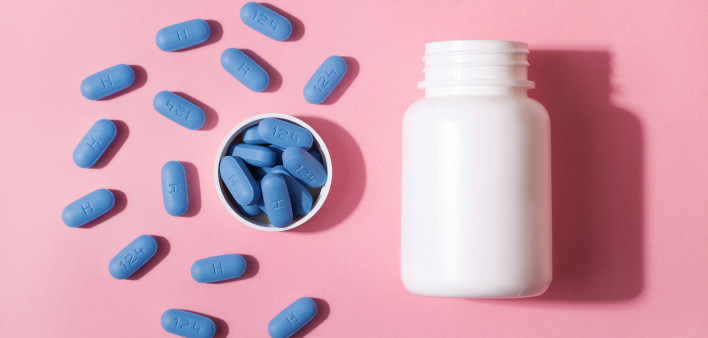Women in the United States have a high level of awareness about pre-exposure prophylaxis (PrEP), but less than 1 in 10 survey respondents were currently using it, according to research presented at IDWeek 2022. The Ending the HIV Epidemic initiative aims to raise this to 50% of eligible women by 2025.
Researchers administered the survey to 961 sexually active cisgender women who were recruited through social media and a dating app. All were either HIV negative or did not know their status; about half had never been tested.
A substantial majority (71%) had heard of PrEP, and half knew about long-acting injectable PrEP (Apretude), which is administered by a health care provider every other month. But just 38% had ever spoken to a health care provider about PrEP. Even fewer said they had ever taken PrEP (19%) or were currently using it (9%), and none reported using Apretude. Most respondents (78%) said they intended to regularly use some HIV prevention method. Asked which type of PrEP they’d prefer, 62% chose injections and 9% chose pills. But some preferred methods that are not available in the United States, including vaginal rings and self-administered PrEP injections.
“The large gap between women who can benefit from PrEP and women who use PrEP highlights the unmet need for HIV prevention among women,” says Tonia Poteat, PhD, MPH, of the University of North Carolina School of Medicine. “Understanding women’s PrEP awareness and preferences may help address this need, especially as new PrEP options become available.”







Comments
Comments